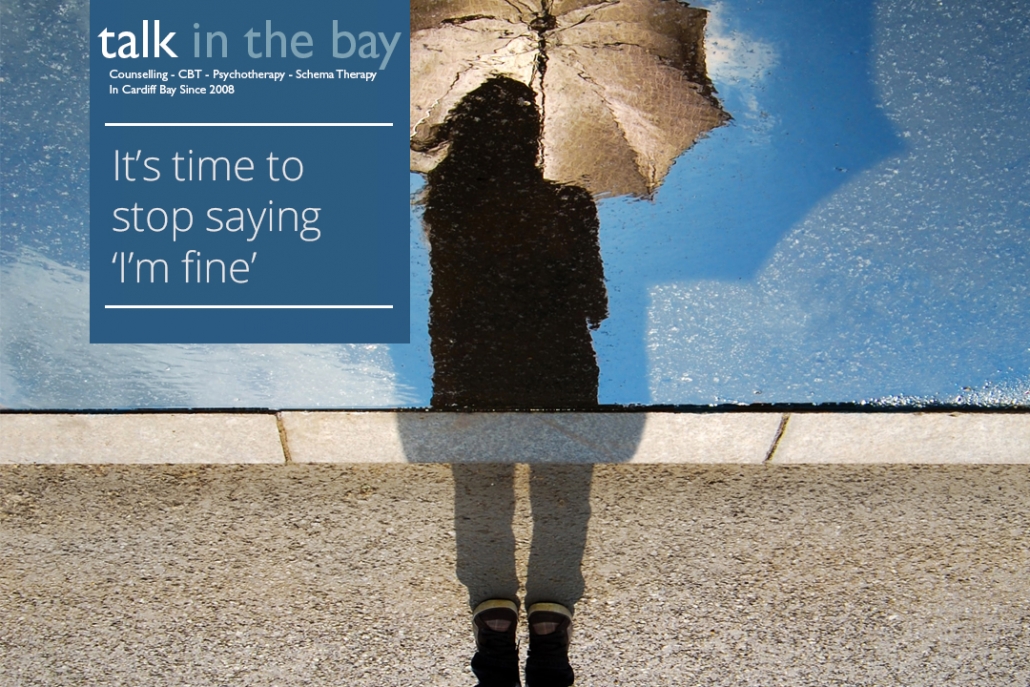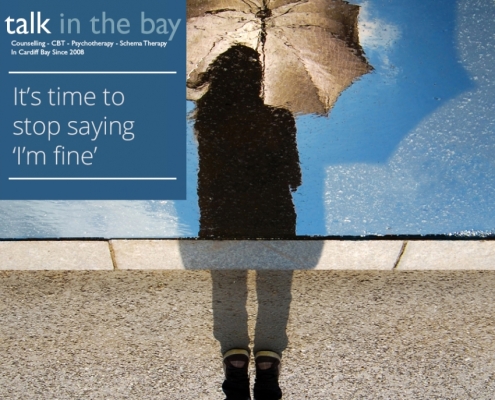What is phobias counselling?
Everyone has fears. Whether it is a fear of spiders or a fear of the dark, there are varying situations, places, feelings, objects or animals that can trigger an unpleasant sensation – an urge to prepare for or completely avoid the perceived danger.
A fear is a completely natural human emotion, but in some people fears are more pronounced and will manifest as a phobia. A phobia is an overwhelming and debilitating fear that develops when someone has an exaggerated sense of danger about a certain object or situation. They can be incredibly stressful to live with, and in severe cases can take a toll on a person’s health, well-being and overall way of life.
Living with a phobia means people are often in constant anguish about whether they may come into contact with what they are afraid of. However, continually trying to avoid a particular fear is likely to make it seem worse than it really is, and many people will start dreading confronting normal, everyday situations. Treatment for phobias can help to break this negative spiral and can help to get feelings of anxiety under control.
This page will explore phobias in more detail, including the nature of simple and complex phobias, as well as highlighting the benefits of counselling for helping people to overcome their fears.
What are phobias?
A phobia is essentially a type of anxiety disorder – a long-term condition where anxiety is experienced on a regular basis and sufferers feel constantly restless, worried and usually unable to sleep and concentrate properly. They have been found to be more common in women than men, and according to the Mental Health Foundation, 22 in 1,000 women are affected compared with 13 in 1,000 men in Britain.
There are several different things that people can develop a phobia of, but there tends to be two distinct categories of phobias. These are both concerned with ‘avoidance’ which is a complication that often develops from a phobia.
Specific phobias
A specific phobia begins in childhood and is centered on a particular object, animal, situation, or activity – often things that pose no definite threat. Sufferers tend to be aware that their phobia is irrational, but they will still be unable to control it. In most cases specific phobias will fade as people get older, but sometimes they can be a life-long problem. Typical examples of specific phobias include:
- Animal phobias – an intense fear of dogs, spiders, snakes, rodents etc.
- Situational phobias – such as visiting the dentist or flying.
- Environmental phobias – heights, deep water, germs etc.
- Bodily phobias – when people cannot cope with the sight of blood, being around vomit or having injections.
Sexual phobias – these include performance anxiety and a fear of getting a sexually transmitted infection (STI).
Complex phobias
Unlike specific phobias, complex phobias are more likely to develop during adulthood. They are often linked to a deep-rooted fear or anxiety about a particular circumstance or situation and mental health issues such as depression, panic disorder and obsessive compulsive disorder are often linked. The two most common types of complex phobias are agoraphobia and social phobia.
Agoraphobia
Agoraphobia is a fear of being in public places where escape may be difficult – a condition that usually develops in the late 20s. For individuals living with agoraphobia simply leaving the house can bring on a sense of panic, while those who do venture out may fear travelling alone and strive to avoid crowded and unfamiliar places. A big concern for many agoraphobics is not having control over a situation and being unable to escape should they come into contact with something that triggers their anxiety. This is especially the case if a person suffers from panic attacks.
Agoraphobia is linked to panic disorder, and the majority of sufferers have a history of panic attacks. Moments of intense fear, panic and loss of control that characterise a panic attack may occur due to being in certain situations, so this is what often drives people to start avoiding public open spaces. Although the severity of agoraphobia will vary considerably between individuals, ultimately all sufferers will experience the same physical, cognitive and behavioural symptoms when they find themselves in a situation where they feel uncomfortable.
Alternatively some people with agoraphobia will not have panic disorder, and in these cases their phobia tends to be the result of a combination of issues such as such as an illness, a previous traumatic experience, or a genetic link. Sufferers are also very likely to show signs of low self-esteem and may feel unable to cope alone.
 https://talkinthebay.co.uk/wp-content/uploads/2022/10/World-Mental-Health-Day-2022-e1716448698921.jpg
563
1080
Carin Stenbeck
https://talkinthebay.co.uk/wp-content/uploads/2022/02/TalkintheBay_Logo_300dpi_Large.png
Carin Stenbeck2022-10-03 13:53:512022-10-04 13:39:59World Mental Health Day 22
https://talkinthebay.co.uk/wp-content/uploads/2022/10/World-Mental-Health-Day-2022-e1716448698921.jpg
563
1080
Carin Stenbeck
https://talkinthebay.co.uk/wp-content/uploads/2022/02/TalkintheBay_Logo_300dpi_Large.png
Carin Stenbeck2022-10-03 13:53:512022-10-04 13:39:59World Mental Health Day 22




